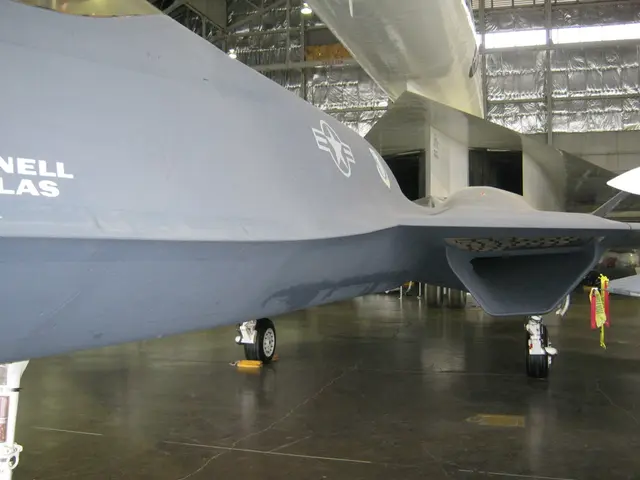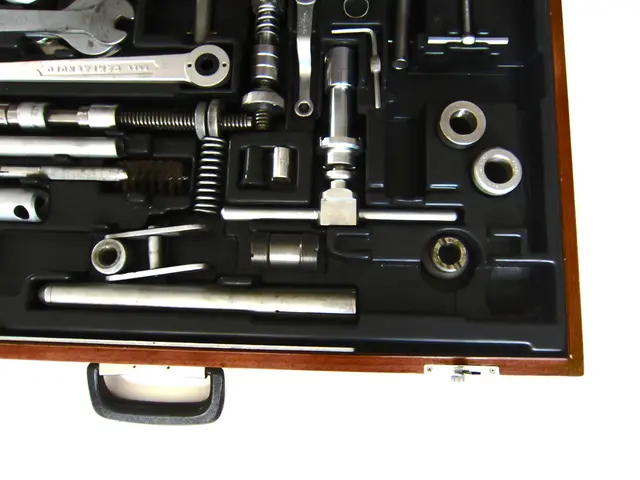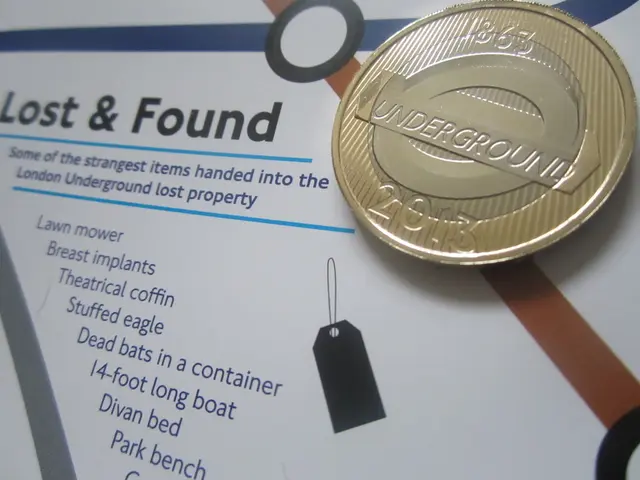Intel Faces Struggles: Ranging from CPU design issues and technology process complications to internal disputes and external political stress
Intel's Foundry Business Faces Tough Competition from TSMC
Intel's foundry business is currently facing significant challenges compared to TSMC, the global leader in semiconductor manufacturing. These challenges include delays in advanced process nodes, yield issues, strained relationships, and higher manufacturing costs.
One of the key factors contributing to Intel's struggles is its strained relationship with TSMC, its former key supplier. This has resulted in reduced access to favorable wafer pricing, impacting profitability.
Another issue is the higher manufacturing costs. Intel's manufacturing costs are approximately 35% more expensive per chip compared to TSMC, and it takes longer to reach quality yields.
Moreover, attracting external foundry customers has been a challenge for Intel, as it competes with TSMC's established client base. These clients benefit from TSMC's scale and technology leadership.
To address these challenges, Intel is pursuing several strategic adjustments. One such move is spinning out its foundry business into a standalone entity, dubbed "American Foundry." This is intended to attract investment, streamline operations, and secure a strategic position in the U.S. semiconductor supply chain.
Another strategy is leveraging public and private investment and partnerships to improve competitiveness and long-term demand via anchor clients and a focus on national semiconductor sovereignty.
Intel is also banking on its 18A process node innovation to eventually regain performance and efficiency leadership in manufacturing.
However, Intel's manufacturing strategy, which involves significant capital expenditures and operational challenges, impacts its profitability negatively in the short term due to high costs, delays, and lost TSMC discounts.
In summary, while TSMC dominates the foundry market share and advanced node production currently, Intel aims to catch up via technology innovation and restructuring its manufacturing business. This transition will be critical for Intel’s future foundry profitability and competitive standing, but it hinges on successful execution of the 18A node and structural reforms in its foundry operations.
As of now, Intel's foundry efforts have yet to gain traction, as Intel's 18A is behind TSMC's N2 in terms of time-to-market for external customers and is barely endorsed by major clients.
References: 1. TSMC to achieve full capacity for 3nm in 2024 2. Intel's 18A promises to be a better fit for foundry customers 3. Intel's Foundry Business Faces Uncertain Future 4. Intel's Foundry Strategy: A Path to Profitability?
- The competition between Intel and TSMC in the technology industry extends beyond just manufacturing, as their financial performances and business strategies are also closely watched within the general news sector.
- Despite the challenges in its foundry business, Intel's strategic moves, such as spinning out its foundry arm, seeking investments, and innovating its 18A process node, are aimed at making a significant impact in the broader landscape of finance, semiconductor manufacturing, and business operations.




